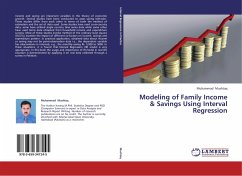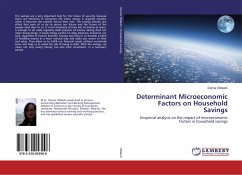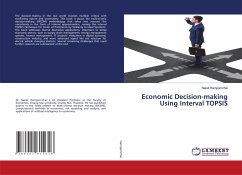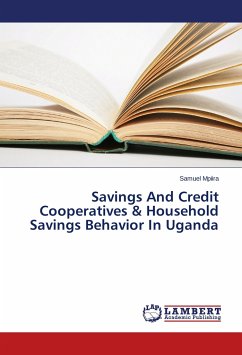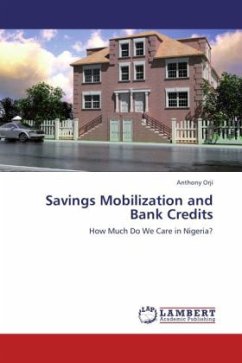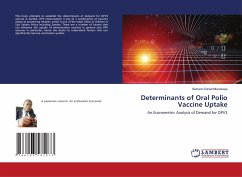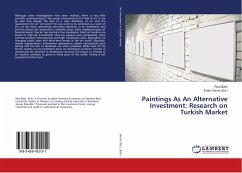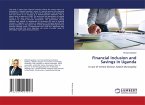Income and saving are important variables in the theory of economic growth. Several studies have been conducted to asses saving behavior. These studies differ from each other in terms of both the method of estimation and the set of data used. Some studies have used cross-country data; some have utilized single country time series data while some other have used micro data obtained from household income and expenditure surveys. Most of these studies involve method of the ordinary least square (OLS) to examine the impact of different co-factors on income, savings and expenditure pattern. In practical application, obtained data about income or saving may not be point-observation data i.e., the dependent variable has observations in intervals, e.g., the monthly saving Rs. 3,000 to 5000. In these situations, it is found that Interval Regression (IR) model is very appropriate. In this book the usage and importance of IR model in real life situation is demonstrated by applying it on real data collected through a survey in Pakistan.
Bitte wählen Sie Ihr Anliegen aus.
Rechnungen
Retourenschein anfordern
Bestellstatus
Storno

